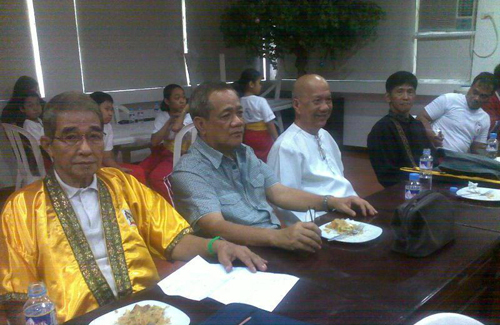In line with the objectives of Republic Act (RA) 9850 better known as the Arnis Law, the recently formed Filipino Martial Arts (FMA): Samahan ng mga Mataw-Guro ng Arnis de Mano International (FMA: Association of Mataw-Guro-Arnis de Mano International) is aggressively working to prepare future arnis instructors among educators.
The group headed by its president professor Armando Soteco is committed to elevate the standards of arnis instruction in the Philippines and abroad. The etymology of the word “mataw” is Maguindanaoan and translates to “knowledgeable” while “guro” is a Filipino general term for “teacher.”
Taken together, “Mataw-Guro” means “knowledgeable teacher.” The endeavors of FMA: Association of Mataw-Guro-Arnis de Mano International is now crucial more than ever after arnis was declared the Philippines’ national sport and martial art by the virtue of RA 9850.
In a seminar hosted and managed by Dr. Noemi Bellosillo, chief of the Physical Education and School Sports division of the Department of Education, the FMA: Association of Mataw-Guro-Arnis de Mano International recently presented, via a martial arts demonstration, a teaching curriculum in arnis designed for both elementary and high school levels.
The activity was made possible through the approval of another education official Director Helena Ruiz, School Division superintendent, officer in charge, Office of the Regional Director.
The demonstration was witnessed by senior members of the Mataw-Guro group among them were lawyer Salvador Dimaisip, engineer Jose Dion Diaz, Grandmaster Jonathan Abaya and Guro Len Dacumus who supervised the arnis demonstration of elementary pupils and Physical Education teachers during the event.
Commending the group, Belosillo after the demonstration stated, “The management team is compose of competent and professional arnis instructors, mostly Physical Education instructors who are willing to train Physical Education teachers in the country with the hope that the skills and insight gained by the teachers will redound to the Filipino pupils and students to enable them to understand their cultural heritage.”






















Leave A Comment
You must be logged in to post a comment.